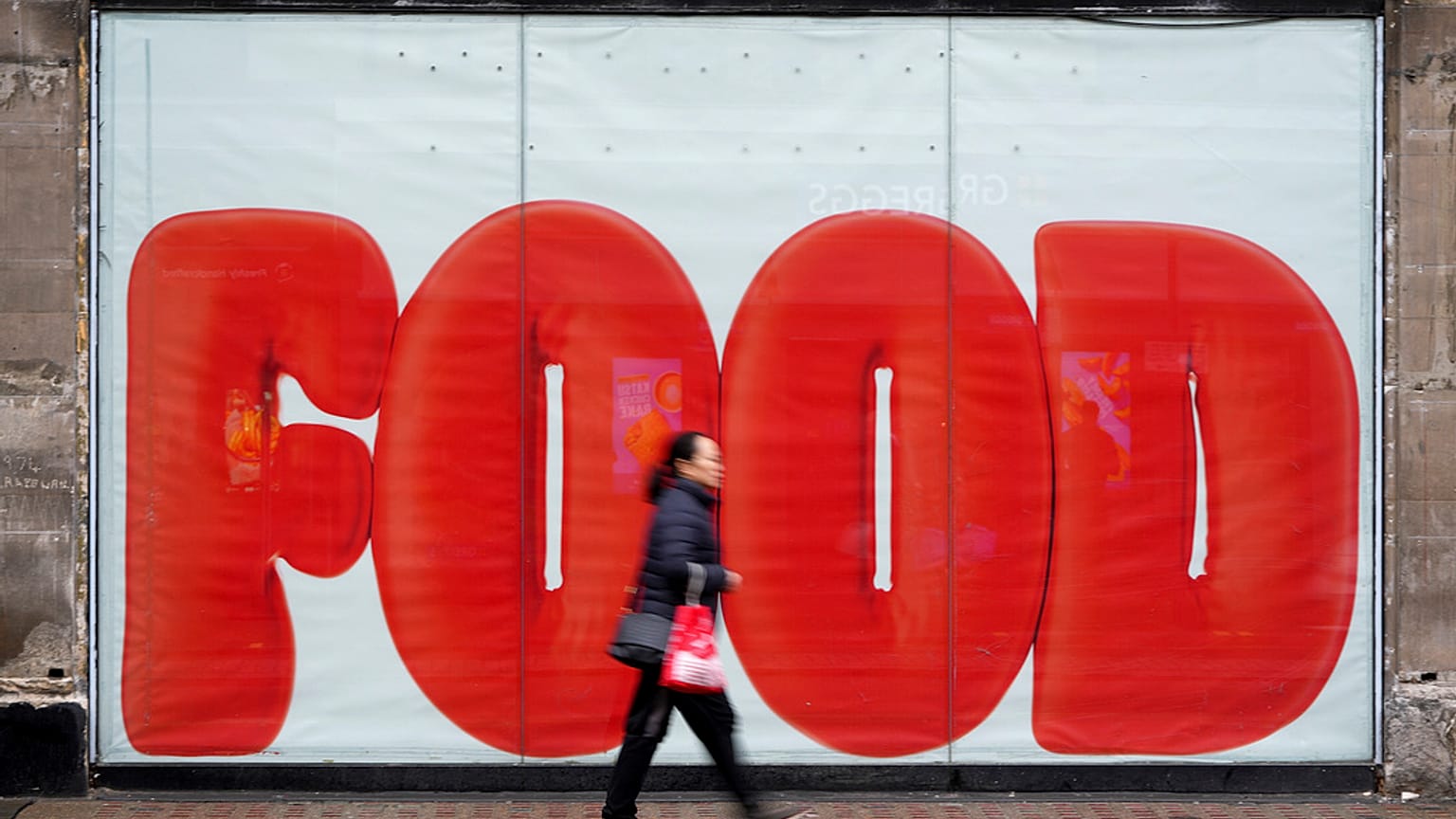Consumer prices remained almost twice as high as the Bank of England’s 2% target in September.
Consumer prices in the UK rose by 3.8% in the 12 months to September 2025, the Office for National Statistics (ONS) confirmed on Wednesday. The reading marks the third month of stable year-on-year totals.
Persistently high inflation adds pressure on the UK government as it prepares its Autumn Budget and the Bank of England is balancing the need to boost lacklustre growth while keeping a lid on elevated prices.
“Inflation continues its zig-zag path, holding steady at 3.8%, but remains significantly above the 2% target,” said Pieter Reynders, partner at McKinsey & Company.
“Core inflation, however, was slightly below last month’s figure at 3.5%, which is a small but welcome step in the right direction.”
Lindsay James, investment strategist at Quilter, was also optimistic, noting that the current CPI figure could "mark the peak" of price pressures.
Food and non-alcoholic goods prices climbed 4.5% over the 12 months to September, but the pace of food price growth slowed compared to August.
“While this is better than expected, discounting seems to be the most significant reason, with higher food costs likely to continue in the long term as a result of climate impacts,” James said.
He added: “recent research has shown that butter, milk, beef, chocolate, and coffee have been the main drivers of recent food inflation. This is directly linked to the poor harvests resulting from extreme weather patterns.”
Transport costs, including motor fuels and airfares, rose 3.8% compared to September 2024.
Particularly large CPI increases were also seen for housing and household services (7.3%), as well as costs in the education sector (7.2%).
Lacklustre growth
The British economy has been sleepwalking, with monthly real GDP growing 0.1% in August 2025, following a revised fall of 0.1% in July.
In August, production grew, but services stalled and construction output fell.
Meanwhile, according to McKinsey partner Pieter Reynders, consumer confidence is “holding firm despite ongoing pressures”.
He noted: “As uncertainty persists, businesses will need to monitor economic signals closely, plan for multiple scenarios, and tailor strategies to the distinct spending priorities of different demographics and regions.”
Interest rate cuts
The Bank of England is largely expected to hold key interest rates in November after the central bank cut the rate to 4% in August 2025.
“Currently, the market is expecting the Bank of England to make just two quarter-point rate cuts next year as inflation is expected to fall slowly," said Lindsay James. "If inflation falls more decisively, then there may be scope for more.”
The British pound lost against the US dollar after ONS data was published on Wednesday. The exchange rate fell to $1.3333 by 10.00 CEST, from $1.3387.


















